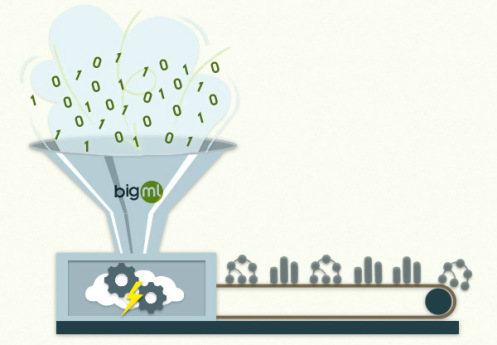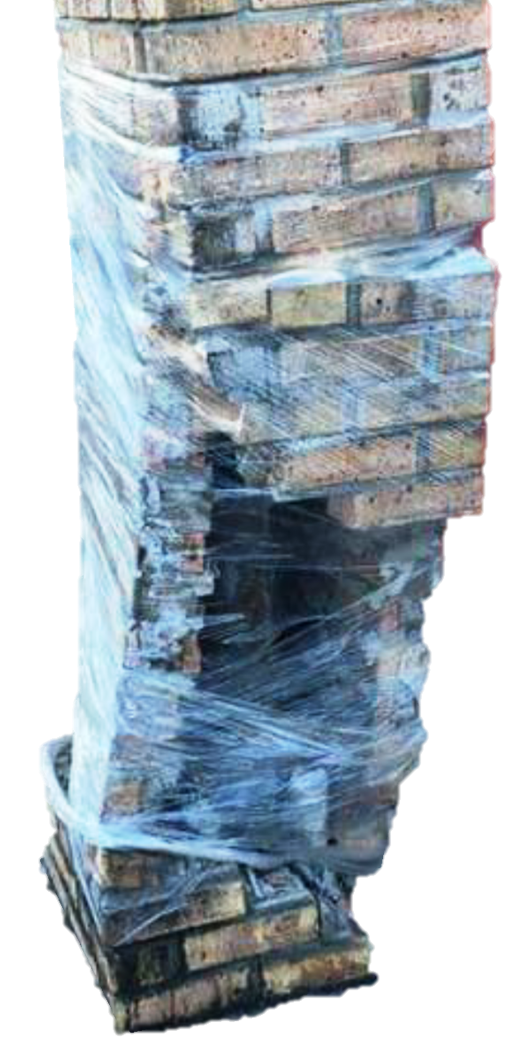Advice
Dr Eden provides expert advice on strategic decisions which require both of scientifically-informed academic research and hands-on experience. His clients included policy makers, hedge funds, venture capital investors, corporations, start-ups, and charities (details).
Advice is offered in three areas:











